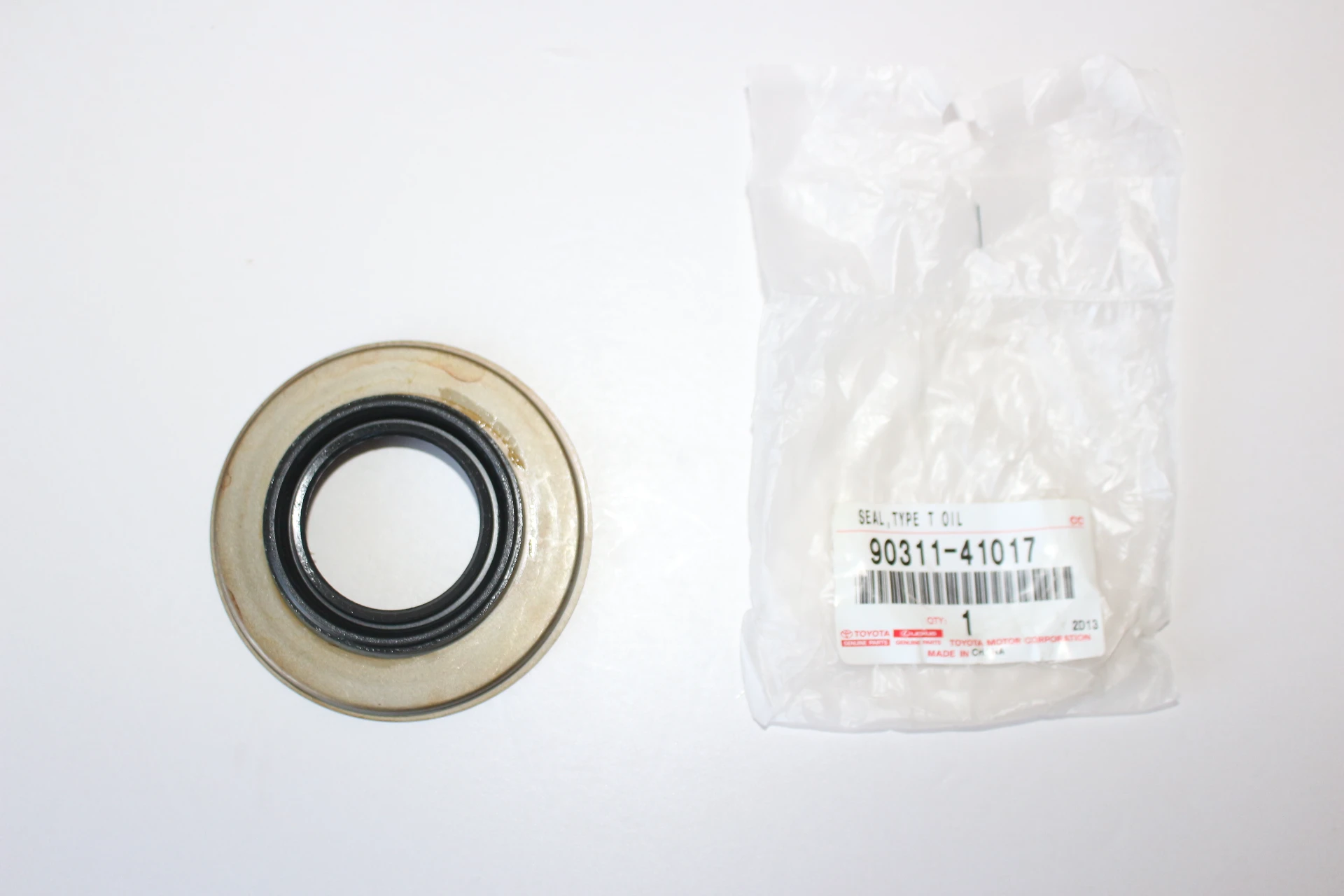Exploring Differential Sealing Techniques for Enhanced Performance and Durability in Industrial Applications
Understanding Differential Seal A Comprehensive Overview
In the realm of mechanical engineering and systems design, the concept of a differential seal plays a crucial role. This article delves into the intricacies of differential seals, their applications, and their significance in various industries.
What is a Differential Seal?
A differential seal is a device designed to maintain separation between distinct fluid zones or compartments in machinery, preventing cross-contamination and ensuring the integrity of each compartment's environment. It typically consists of materials that exhibit durability and resistance to various fluids, temperature, and pressure conditions. The primary purpose of these seals is to minimize the risk of leakage and to ensure optimal operational efficiency.
How Differential Seals Work
The operation of a differential seal hinges on the principles of pressure differential and material properties. When there is a difference in pressure between two adjacent zones, the seal must be effective enough to withstand that pressure without allowing any fluid migration. Differential seals can be static (where parts do not move relative to each other) or dynamic (where one or more components are in relative motion).
Dynamic seals, such as those found in rotating machinery, must also accommodate friction and wear, meaning they are often engineered with self-lubricating materials or additional features to reduce wear over time. Static seals, on the other hand, may utilize compressible materials that deform under pressure to create a tighter seal.
Types of Differential Seals
Differential seals can be categorized into several types based on their design and application
1. O-Ring Seals Commonly used in various applications due to their simplicity and effectiveness. O-rings are circular rings made of elastic polymers that compress against two surfaces to create a tight seal.
2. Lip Seals These seals feature a lip that creates a scraping effect as parts move against each other. They are particularly valuable in applications where lubricants are involved, as they help retain lubrication while preventing leaks.
3. Mechanical Seals Often used in pumps and compressors, mechanical seals work by using one part that rotates with the shaft and a stationary part, creating a barrier that prevents fluid from escaping.
differential seal

4. Gasket Seals Gaskets are flat pieces designed to fill the gap between two surfaces, preventing leakage. They are commonly employed in engine blocks, flanges, and other critical joinery.
Applications of Differential Seals
Differential seals have vast applications across numerous industries
- Automotive Industry Used in engines and transmissions, these seals prevent oil and coolant leaks, ensuring the proper functioning of vital components.
- Aerospace In aircraft systems, differential seals are crucial for maintaining pressure integrity and protecting vital electronic and hydraulic systems from external contaminants.
- Manufacturing In industrial machinery, seals prevent loss of lubricants and protect machinery from particles and chemicals that could impair function.
- Oil and Gas In drilling and production operations, reliable seals are essential to contain high-pressure fluids and maintain safety standards.
Challenges and Innovations
While differential seals are critical, they are not without challenges. Over time, exposure to extreme temperatures and aggressive chemicals can lead to wear or degradation. Engineers continuously seek innovative materials and designs to enhance the longevity and performance of seals. Advances in polymer technology, nanomaterials, and 3D printing are promising solutions for creating more robust and effective differential seals.
Conclusion
In conclusion, differential seals are an integral component in a plethora of machinery and systems, ensuring fluid integrity and operational efficiency. Their variety in design allows them to cater to specific needs across different industries. As technology advances, the future of differential seals promises improvements that will enhance their capabilities, ensuring that systems remain safe, efficient, and reliable for years to come. Understanding the complexities of these seals can lead to better design choices and innovations that pave the way for improved mechanical systems.
-
The Ultimate Guide to Car Repair Kits: Tools and Essentials Every Driver Should Own
News Aug.01,2025
-
The Complete Guide to Oil Pan Gaskets: Sealing Engine Leaks the Right Way
News Aug.01,2025
-
Preventing Oil Leaks: A Complete Guide to Oil Pan Gaskets and Drain Seals
News Aug.01,2025
-
Everything You Need to Know About Oil Pan Gaskets and Drain Plug Seals
News Aug.01,2025
-
Essential for Car Owners: How to Use a Car Repair Kit to Deal with Minor Breakdown
News Aug.01,2025
-
Comprehensive Guide to Engine Oil Sump Gaskets and Related Seals
News Aug.01,2025
-
The Ultimate Guide to Boat Propeller Bearings and Trailer Wheel Bearings
News Jul.31,2025
Products categories















